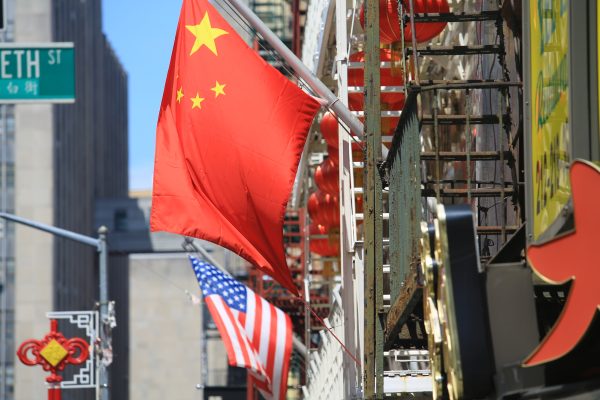Amidst ongoing political turmoil, Islamabad has reportedly managed to
convince Beijing to rollover USD 4.2 billion debt that was maturing last week,
which is a major financial relief to the cash-strapped country. The rollover
consists of USD 2 billion loan by China’s State Administration of Foreign
Exchange (SAFE) deposits and another USD 2.2 billion Chinese commercial
loan. This follows Pakistan paying PRs 26.1 billion interest on the outstanding
balance at agreed rates.
The move is in accordance with Beijing’s commitment to the International
Monetary Fund (IMF) in 2019 to rollover its debt until the Fund programme
expires. Pakistan had made several repeated requests to Beijing to rollover the
debt.
Islamabad had pleaded for a total USD 21 billion lifeline that included USD
10.7 billion rollover of both commercial and safe deposits. With Pak Rupee
touching the lowest ever level of PRs 181.75 to a USD, Islamabad had also
asked to increase the size of the currency swap facility with China from the
existing USD 4.5 billion to USD 10 billion.
Islamabad’s outstanding loan with Beijing had grown to an alarming proportion.
The IMF recently stated that Pakistan owes USD 18.4 billion or one-fifth of its
external public debt to China, the highest lending by any single country or
financial institution. The amount is also USD 4 billion higher than the
Islamabad’s official figures. According to the IMF, Pakistan’s gross external
financing requirements are estimated at USD 30 billion for the current fiscal
year that will increase to USD 35 billion in the next fiscal year.
Pakistan largely bridges its external financing gap by taking foreign loans, as
the share of foreign direct investment is estimated at only USD 2.6 billion for
the current fiscal year.
Earlier, media reports claimed that Beijing was reluctant to pump in new funds
under the CPEC arrangement until problems faced by Chinese investors were
resolved and previous CPEC-related agreements were fully honored by
Pakistan, halting virtually the multi-billion dollar China-Pakistan Economic
Corridor (CPEC) projects. In the run-up to Prime Minister Imran Khan’s visit to
Beijing (Feb 2022), Islamabad paid USD 28 million to Chinese Independent
Power Producers (IPPs).
Critics blame former PM Nawaz Sharif’s government for “badly managed”
agreements with the Chinese and their IPPs. It was viewed that the Power
Purchase Agreements (PPA) were based on erroneously calculated fuel mix
components, which had made the country dependent on imported fuels for
power generation. The lopsided agreements apparently created the capacity
for compulsory payments by the insertion of “take-or-pay” mechanisms in the
PPA clauses.
With limited budgetary options available to the Pak government to pay Chinese
power producers, Islamabad has proposed to renegotiate the PPAs with
Chinese IPPs operating under the CPEC, as has been done with domestic
power producers. However, officials claim Beijing turned down Islamabad’s
proposal and insisted that the original agreement be honored.
Pakistan faces a looming financial crisis, with the budget deficit widening to an
all-time high of USD 24 billion (8% GDP), the trade deficit to USD 31 billion and
the current account deficit expected to touch USD 31 billion despite a cut in the
development budget of USD 1.1 billion by the end of June 2022. Pakistan will
need to procure more domestic and foreign loans to bridge this huge budgetary
gap of PRs. 4.3 trillion (USD 24 billion).
In 2020, a nine-member inquiry committee headed by a former chairperson of
the Security and Exchange Commission of Pakistan (SECP) unearthed alleged
widespread malpractice in the power sector. The report revealed that most of
the agreements had made 50% – 70% in profits against a maximum threshold
of 15%. Several IPPs had an investment payback period of 2-4 years and made
profits as high as 10 – 20 times over their initial investment. These
developments reveal how Chinese companies were exploiting Pakistan’s
resources in the garb of “development partners.”

China comes to Islamabad’s rescue
by
Tags:
Leave a Reply